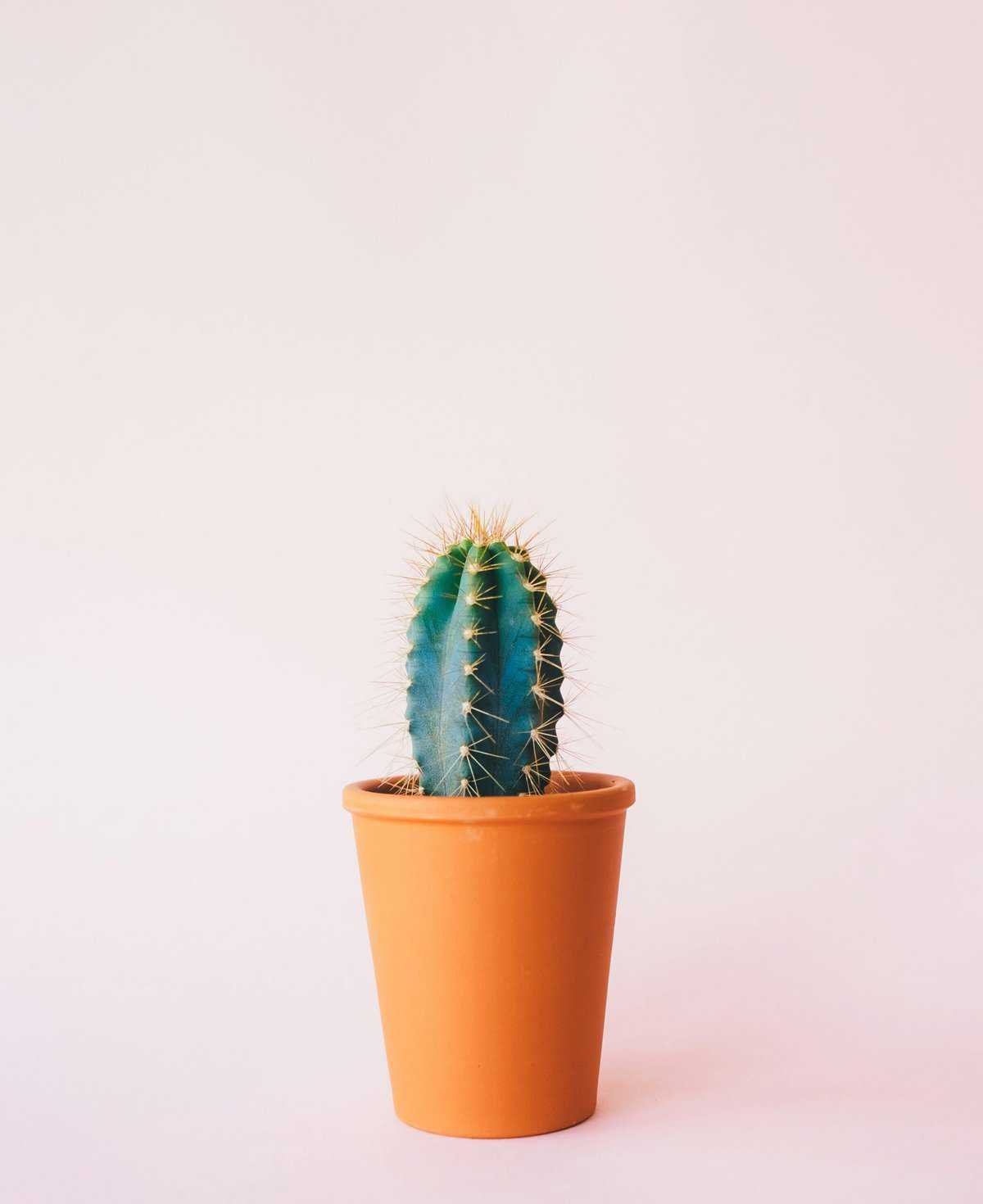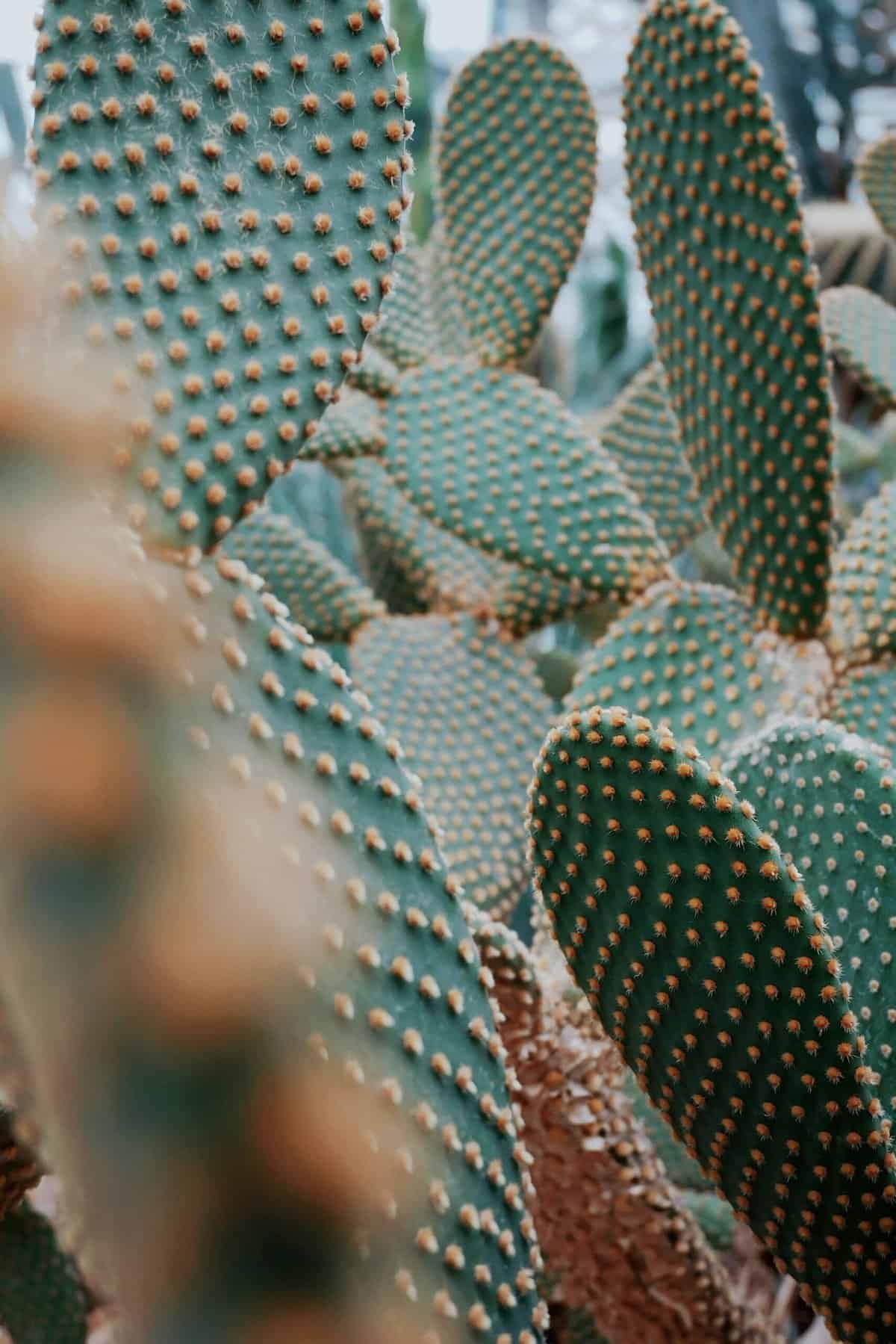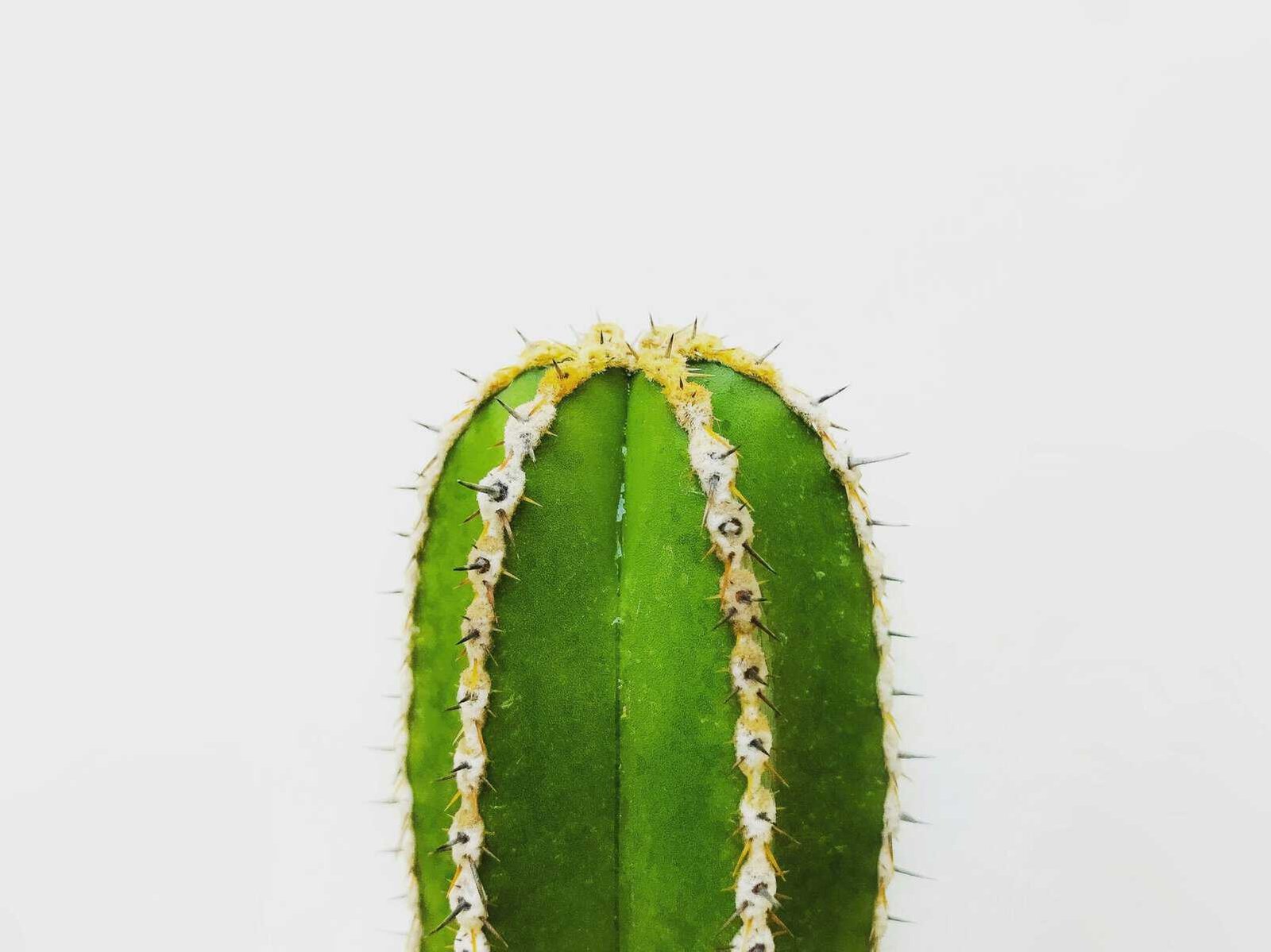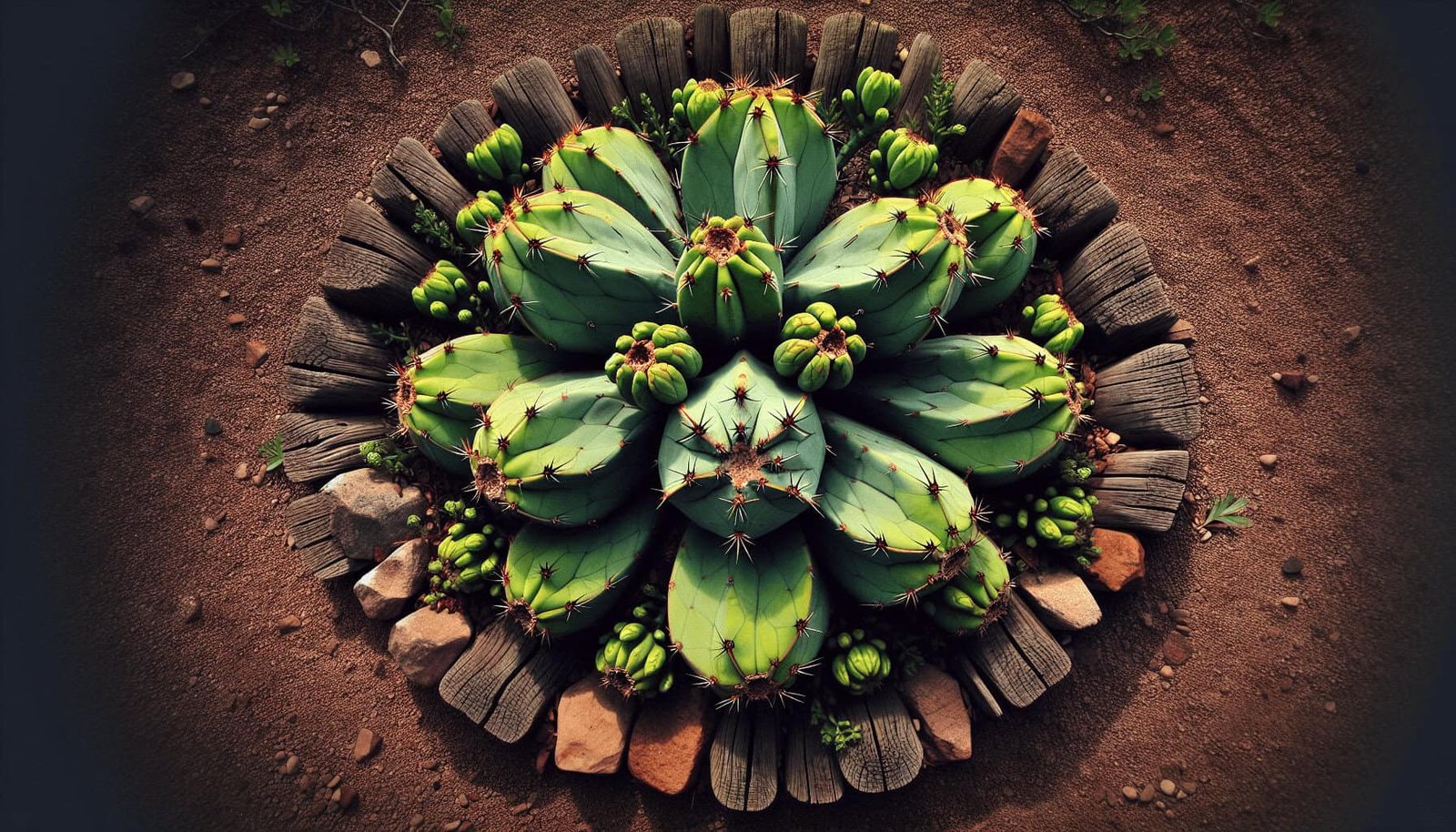Have you ever wondered how you can keep your beloved Nopal cactus safe from the various animals and pests that seem to be constantly on the attack? If you’re nodding your head, you’re in the right place. The Nopal cactus, also known as prickly pear, is not only a visually stunning plant but also has numerous medicinal and culinary uses. However, its allure extends beyond humans; animals and pests find it quite appealing as well.

Understanding the Nopal Cactus
Before diving into protection strategies, it’s essential to understand what makes the Nopal cactus unique. Nopal cactus belongs to the Opuntia genus and is known for its fleshy pads, vibrant flowers, and juicy fruit. This hearty plant is quite adaptable and can thrive in various climates, but it’s also prone to damage from a variety of animals and pests.
Why Protect the Nopal Cactus?
Protecting your Nopal cactus is crucial for several reasons. First, the plant’s pads and fruits can be a source of food for you and your family. Second, the Nopal cactus can provide medicinal benefits such as managing blood sugar levels and supporting digestion. Lastly, a healthy cactus contributes to your garden’s overall aesthetic and ecological balance.
Common Animals That Threaten Nopal Cactus
There are several animals that find the Nopal cactus irresistible. Understanding which animals are most likely to target your cactus can help you formulate a more effective protection strategy.
Deer
Deer are known to munch on cacti, particularly during dry seasons when other food sources are scarce. Their large size and strong jaws make short work of cactus pads, leading to extensive damage.
Rodents
Rodents, including rats and mice, can chew through the pads of the Nopal cactus, damaging the plant structure and creating entry points for disease. These small invaders are persistent and can be challenging to control.
Birds
Birds can be particularly interested in the fruits of the Nopal cactus. While they may not cause severe damage to the pads, their activity can still hinder fruit production and overall plant health.
Rabbits
Rabbits are another common culprit. They enjoy munching on young cacti pads, particularly tender new growth, which can significantly stunt the plant’s development.
Common Pests That Target Nopal Cactus
Beyond animals, various pests can wreak havoc on Nopal cacti. Knowing your adversaries is the first step to implementing effective pest control.
Cochineal Scale
This tiny insect produces a white, cottony substance that can cover cactus pads. While it may look harmless, the Cochineal scale feeds on the cactus sap, weakening the plant over time.
Aphids
Aphids can rapidly multiply and infest your Nopal cactus. These small insects suck the sap from the pads, leading to discoloration and wilting.
Spider Mites
Spider mites are tiny but can cause significant damage. They feed on the plant’s juices and can create web-like structures on the pads. Infestations often lead to yellowing and drying out of cactus pads.
Mealybugs
Mealybugs appear as small, white fluffy clusters. They drain the sap from the cactus, causing it to weaken and make it susceptible to other diseases.
Effective Strategies to Protect Nopal Cactus
Once you know what you’re dealing with, it’s time to implement some protective measures. Below are various strategies for keeping your Nopal cactus safe from animals and pests.
Physical Barriers
Physical barriers are one of the most effective ways to keep animals away from your Nopal cactus. These barriers can range from fencing to individual plant covers.
Fencing
Constructing a fence around your cactus can deter larger animals like deer and rabbits. Use materials like chicken wire or hardware cloth to create a sturdy barrier. Make sure the fence is at least 6 feet tall to effectively keep deer out.
Table: Recommended Fencing Specifications
| Animal | Fence Height | Material | Additional Features |
|---|---|---|---|
| Deer | 6 feet | Chicken wire | Sturdy posts, buried a few inches deep |
| Rodents | 1-2 feet | Hardware cloth | Small mesh size to prevent squeezing through |
| Rabbits | 3 feet | Chicken wire | Buried edge to prevent digging under |
Plant Covers
If fencing isn’t feasible, you can also use plant covers or cages made from wire mesh to protect individual plants. Covers should be large enough to allow room for growth but secured tightly to prevent animals from pulling them off.
Natural Repellents
Natural repellents can be quite effective at deterring animals and some pests from your Nopal cactus. These repellents can be homemade or commercially available.
Homemade Solutions
You can make a repellent spray using ingredients like garlic, hot pepper, and dish soap. Simply mix these ingredients with water and spray them on and around your cactus. The strong smell and taste are usually enough to deter animals.
Recipe: Natural Repellent Spray
| Ingredient | Quantity |
|---|---|
| Garlic cloves | 10 |
| Hot pepper flakes | 1 tablespoon |
| Dish soap | 2 tablespoons |
| Water | 1 gallon |
- Crush the garlic cloves and combine with hot pepper flakes and water in a spray bottle.
- Add dish soap to the mixture and shake well.
- Spray the mixture on cactus pads and surrounding soil.
Commercial Repellents
Commercial repellents are available in garden stores and online. Look for products specifically designed for cactus and succulents. Follow the instructions carefully for best results.
Beneficial Insects
Introducing beneficial insects into your garden can help manage pest populations. Ladybugs, lacewings, and predatory mites can naturally control pests like aphids and spider mites.
Ladybugs
Ladybugs are voracious eaters of aphids and can be a great addition to your garden. Release them near your Nopal cactus in the evening when they are less likely to fly away immediately.
Lacewings
Lacewings also feed on aphids and can be purchased online or at garden centers. They are effective at reducing pest populations without harming your plants.
Chemical Solutions
In some cases, chemical solutions may be necessary to deal with severe infestations or persistent animal problems. Always exercise caution and follow label instructions to avoid damaging your plants or harming beneficial insects.
Insecticidal Soaps
Insecticidal soaps are effective against soft-bodied insects like aphids and mealybugs. Spray directly on the affected areas following the product’s instructions.
Pesticides
For more severe infestations, you may need to use pesticides. Organic options are available and can be less harmful to the environment. Chemical pesticides should be a last resort and applied strictly according to the manufacturer’s guidelines.
Cultural Practices
Good cultural practices can go a long way in protecting your Nopal cactus from animals and pests. These involve proper planting, maintenance, and cleaning routines.
Proper Spacing
Planting your Nopal cactus with ample space between each plant can reduce the spread of pests and diseases. Crowded conditions create an ideal environment for pests to thrive.
Regular Inspection
Regularly inspect your cactus for signs of damage or infestation. Early detection can make control much more manageable. Look for discolored pads, webbing, or visible insects.
Cleanliness
Maintaining a clean garden can reduce the likelihood of pest problems. Remove dead plant material and fallen fruit regularly, as these can attract pests and animals.

Emergency Measures: What to Do When Infestations Occur
Sometimes, despite your best efforts, pests or animals may still breach your defenses. Quick action is crucial to mitigate damage.
Immediate Action Steps
- Isolate the affected plant: Move the infested plant away from other plants to prevent the spread.
- Manual Removal: For small infestations, manually remove the pests. Use gloves and tweezers if necessary.
- Apply Treatments: Use insecticidal soaps or sprays as detailed earlier. Ensure thorough coverage of the affected areas.
Consult an Expert
If an infestation becomes overwhelming, consider consulting a horticulturist or pest control specialist. They can provide tailored advice and advanced treatment options.
Long-term Strategies for Sustained Protection
Consistency is key to keeping your Nopal cactus safe in the long run. Combining multiple strategies often yields the best results.
Integrated Pest Management (IPM)
Integrated Pest Management (IPM) is a holistic approach that combines biological, cultural, physical, and chemical tools to manage pests sustainably. By monitoring pest populations and implementing various control measures, IPM aims to reduce reliance on chemical treatments and promote a healthier garden ecosystem.
Table: Components of Integrated Pest Management
| Component | Description |
|---|---|
| Biological Controls | Use of beneficial insects and natural predators |
| Cultural Practices | Proper spacing, crop rotation, and cleanliness |
| Mechanical Controls | Physical barriers and manual removal |
| Chemical Controls | Judicious use of organic and conventional pesticides |
| Monitoring | Regular inspection and timely action |
Education and Resources
Staying informed about the latest pest control methods and research can help you protect your Nopal cactus more effectively. Many universities and agricultural extensions offer resources and advice on pest management.
Community Support
Joining a local gardening club or online forum can provide additional support. Sharing experiences and tips with fellow gardeners can offer new insights and solutions to common problems.

Final Thoughts
Protecting your Nopal cactus from animals and pests requires a combination of understanding, consistent effort, and the right strategies. Whether you choose physical barriers, natural repellents, beneficial insects, or chemical solutions, staying vigilant and proactive is key to ensuring your cactus thrives in a safe environment.
So, are you ready to put these tips into action and become a Nopal cactus protector extraordinaire? The journey might require some effort, but the reward of a healthy, flourishing cactus is well worth it. Your Nopal cactus will thank you for the protection and care, contributing beauty and utility to your garden for years to come.

